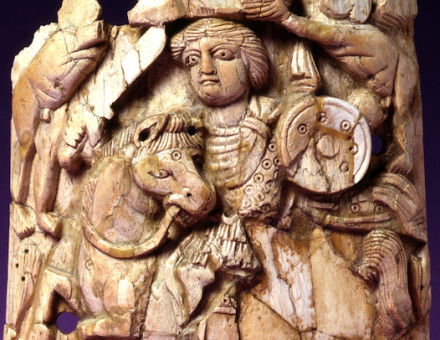Picturing History
Peter Burke describes how the study of visual sources has extended the range of historical enquiry.
In the last generation or so, historians have widened their interests considerably to include the history of mentalities, the history of everyday life, the history of material culture, the history of the body and so on. It would not have been possible to carry out research in these relatively new fields if they had limited themselves to traditional sources such as official documents. Hence increasing use is being made of a broader range of evidence, in which images have their place alongside literary texts and oral testimonies.
There are of course precedents for this ‘visual turn’, especially in cultural history. Jacob Burckhardt (1818-97) and Johan Huizinga (1872-1945), writing respectively about the Renaissance and the ‘autumn of the Middle Ages’, based their descriptions and interpretations of the culture of Italy and the Netherlands on paintings by artists such as Raphael and van Eyck as well as on texts from the period.





